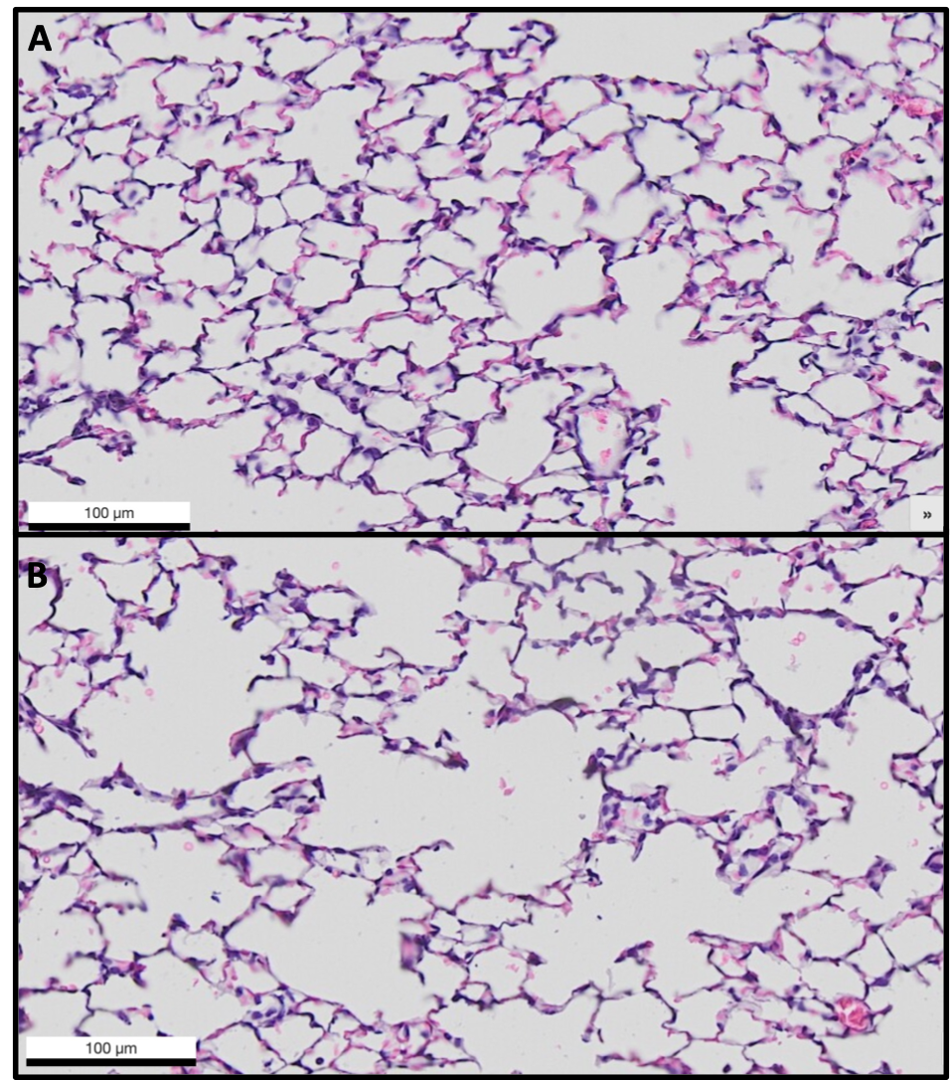Neonatal Cardiac Physiology/Pathophysiology/Pulmonary Hypertension
Neonatal Cardiac Physiology/Pathophysiology/ Pulmonary Hypertension 4
109 - Long-term cardiopulmonary effects of ante- and post-natal dexamethasone in adult mice
Publication Number: 109.426

Julie Dillard, MD (she/her/hers)
Assistant Professor of Pediatrics
UPMC Childrens Hospital of Pittsburgh
Pittsburgh, Pennsylvania, United States
Presenting Author(s)
Background: The use of ante- and post-natal corticosteroids to improve respiratory morbidities in premature neonates is ubiquitous. However, corticosteroids are necessary for fetal heart and lung maturation, and exposure to excess glucocorticoids in the ante- and post-natal periods can interfere with normal cardiopulmonary development. Thus, it is postulated that early corticosteroid exposure can lead to long-term adverse cardiopulmonary health outcomes. While short-term side effects are well-studied, long-term consequences of fetal and neonatal corticosteroid exposure remains an unexplored area of research.
Objective: We hypothesize that exposure to systemic corticosteroids in the neonatal period results in results in long-term alterations in cardiopulmonary morphometry in adult mice.
Design/Methods:
We utilized a murine model in which intraperitoneal (IP) dexamethasone was administered to pregnant dams on embryonic days 15-16. Following delivery, pups were randomized to receive IP injections of dexamethasone or saline control on days 1-3. At 90 days, male pups were euthanized. Heart and lungs were inflation fixed in 4% paraformaldehyde at 20 cm H2O, paraffin embedded, and sectioned into 5μM slices for histology and microscopy. Masson trichrome stain was used to evaluate cardiomyocyte size and fibrosis. Hematoxylin and eosin stain was utilized to evaluate lung morphometry including mean linear intercept (MLI) and radial alveolar count (RAC), markers of alveolarization.
Results:
Compared to those exposed to antenatal corticosteroids, mice exposed to both ante- and post-natal corticosteroids had reduced overall body weight at 90 days of life (29.7g vs 26.5g, p< 0.001). Mice with ante- and post-natal corticosteroid exposure had increased cardiomyocyte diameter (12μm vs 9.5μm, p< 0.001) despite decreased overall heart weight (p=0.01). No difference in cardiac fibrosis was observed between the two groups. Additionally, adult mice exposed to ante- and post-natal corticosteroids had significantly decreased RAC (11.7 vs 17.6, p< 0.001) and increased MLI (32.9μm vs 24.9μm, p< 0.001) compared to antenatal steroid-exposed mice.
Conclusion(s):
Mice exposed to both ante- and post-natal corticosteroids had decreased body weight, evidence of cardiomyocyte hypertrophy, and decreased alveolarization that persisted into adulthood compared to those exposed to antenatal steroids alone. Understanding the long-term cardiovascular implications of neonatal corticosteroid exposure is critical to improving health outcomes of premature infants. Future directions include studying functional measures and differences between sexes..png)

